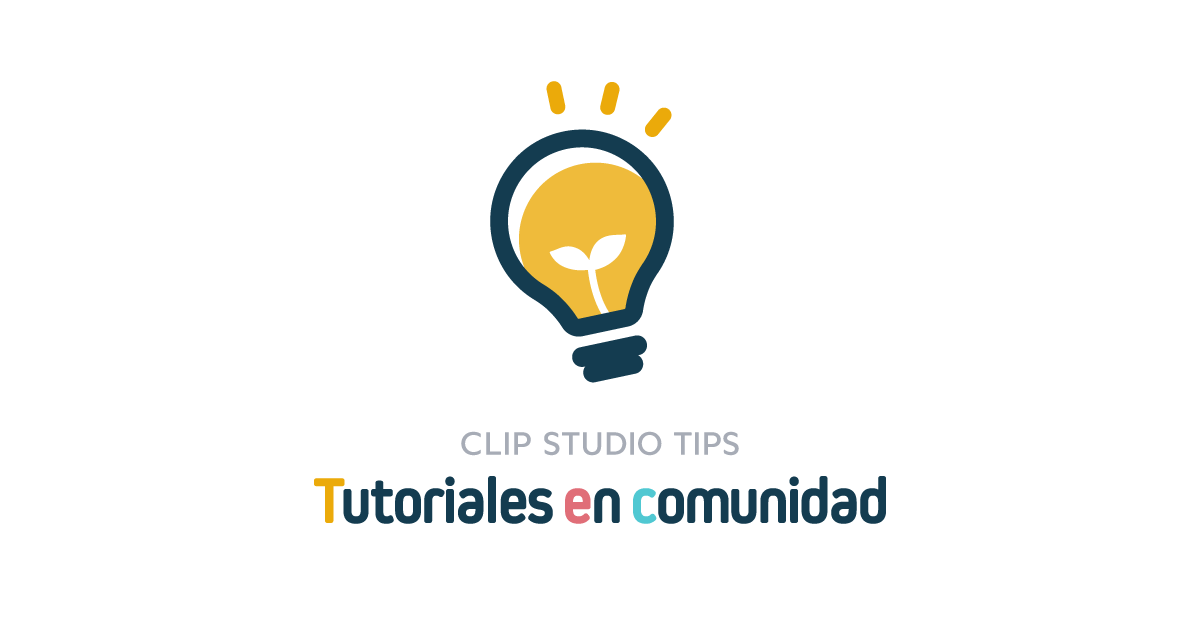How To Draw Cute Characters
What do we consider cute and why?
Looking at evolution, cuteness secures the survival of our young by encouraging us to love them and raise them with care. This is why we feel the need to protect and cuddle cute things like puppies and babies.
But what exactly makes something cute? What do cute things have in common?
I recommend opening your search engine and looking at some baby animals. What are the similarities?
Typical characteristics are big eyes, a small nose and mouth, a large forehead and a large head in general compared to the rest of the body. Also a general roundness of features like chubby cheeks as well as soft, fluffy textures.
Rules of shape and proportion
Now, let's take a look at shapes and their associations and how we can translate these into our illustrations.
The three basic shapes (as you can see above) all have different 'meanings' and are associated with certain attributes. Squares usually symbolize strength and stability, triangles symbolise agility and oftentimes aggression, whereas circles represent friendliness and innocence.
The obvious choice here, if you need a base shape for a cute character, is the circle but feel free to play around with all kinds of different shapes! And don't just stick to the basic shapes - give them some character!
Let's move on to proportions. This is Bobby (my friends' cat) and I consider him pretty cute:
We are going to use his cute little kitty face to set up some proportional guidelines, using his forehead for approximate measurements.
As you can see his face is 2 2/3 times the size of his forehead, his eyes sit right in the middle of his head and are about half the size of his forehead. Mouth and nose are in the lowest 2/3 of his face.
Let's try out these measurements on a little dragon!
Now this is of course only a rough sketch but you get the gist!
And another tip: It's a good idea to have the forehead protrude a little when you draw your cutie from the side, how much is - of course - up to you.
Good, so this is already a good result but we can still enhance it's cuteness and give it more character.
So, how do we make it even cuter? It's easy, we push the proportions into the extreme:
We can add bigger eyes, which make the head look bigger by placing them in the lower half of the face and shrinking or squishing the rest of the features. Don't stick to the base shapes though - add some big ears, chubby cheeks, some additional floof and/or an innocent pose for your creature or character and vois-là! CUTE!
Don't forget to soften sharp corners for an especially innocent look.
How to apply what we covered so far
What we are usually going for in cute characters is called the 'Kindchenschema' (literally child schematic) by Austrian zoologist Konrad Lorenz. One word to describe what we've discussed so far.
Now let's make an illustration based on this!
I'm going to show you how I approached the head-illustration of this post.
When I sketch out a cute character I make sure to focus on a (mostly) clear silhouette, already using circles as base for their proportions and also their silhouette. As you can see the shapes are all rather round.
An innocent, maybe even clumsy pose adds to the overall image of cuteness.
In comparison to the first very rough sketch I scaled up the head so that it is about the size of the body and plumped up some other shapes, like the tail and feet.
I smoothed out the corners of the rather triangular shapes with the outlines. I made sure to keep the outlines very smooth and steady, with little taper. I even tried to erase some of the sharper cornes where lines intersect.
I advise you to color your outlines. It usually makes a drawing more coherent. I used a darker shade of the base color here, but experiment with different colors as you like!
An easy way to color your outlines after you established them is to turn on alpha lock for the outline-layer with a simple click on the icon you see below. You'll find it at the top right of your layers-window.
Alpha-Lock allows you to manipulate only the area you have already painted on before, on this layer.
In this case I can recolor the outlines as I wish.
I think it's a good idea to go for pastel colors in a cute illustration, but obviously that choice is entirely up to you!
I did not add outlines to the background here, because I feel it would draw to much attention to it.
A simple tool to get a soft-shaded look is the airbrush-pen. Use the eraser to add in some sharp edges where you need them. Don't use black or grey as a shading color, it's going to make your colors look muddy - I recommend using violet or blue. Then set the shadow-layer on multiply and lower the opacity. Like this you can avoid harsh contrasts and personally I want to go for a soft look in this illustration.
The layer-mode says 'normal' per default and the slider next to it changes the opacity of the selected layer. You will find these at the top of the layer window.
And with this we are DONE!
I hope you found this tutorial useful and learned something new.
Happy creating!
Here is another cute dragon I made using this method. Feel free to use the dragons as references! <3
















Comentario